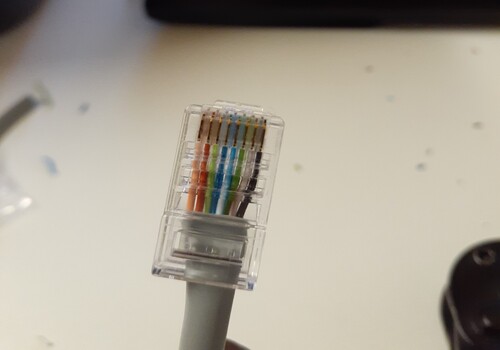Parastus Nghiilwamo
Crafting secure, scalable systems with exceptional user experiences.
Hey there, fellow digital explorers!
I am a cybersecurity expert with a love for creating innovative solutions and engaging user experiences. My journey in the tech world has been filled with exciting challenges and opportunities to learn and grow.
I specialize in Cybersecurity from systems to applications, with a passion of building secure applications using modern technologies and tools. My goal is to craft applications that are not only functional but also visually appealing, user-friendly and secure.
When I'm not building, you can find me exploring new technologies, contributing to open-source projects, or sharing my knowledge with others on different platforms.
Thank you for visiting my portfolio! Feel free to reach out if you'd like to collaborate or just say hi!
Experience

Backend Developer
July. 2025 - Present
Gondwana Collection Namibia
See the world, save the world.

IT: Business Support Analyst
July. 2023 - April. 2025
Letshego Bank Namibia
#ImprovingLives

Software Engineer
June. 2023 - July. 2023
Namibia Chess Federation
Governing Body of Chess in Namibia

Founder & Lead Developer
June. 2021 - Present
feasableApps
Your App, Better

Cybersecurity Associate
July. 2019 - Nov. 2019
Voraltex
"We are Voraltex"
Projects

Ethernet Cable
Cable
August 15, 2019
Here is an Ethernet cable I made at Voraltex, on my first attempt! :D
My first completed Ethernet cable, assembled during my time at Voraltex. Following industry standards and best practices, I carefully terminated the RJ-45 connector, ensuring each wire was precisely aligned and secured according to the T568B color sequence.
I utilized essential tools like a cable stripper for clean wire preparation, a crimping tool for securely terminating the RJ-45 connector, and a cable tester to verify connections and troubleshoot any errors, which in my case, there weren't any. 😎
Skills
Development
CI/CD
TYPESCRIPT/JS (react/next/node)
API DEVELOPMENT
Cybersecurity
CYBER-THREAT-HUNTING (CTH)
BUG-BOUNTY
PEN-TESTING & OFFENSIVE
Get In Touch
Join my ecosystem across different platforms and stay connected with everything I build.